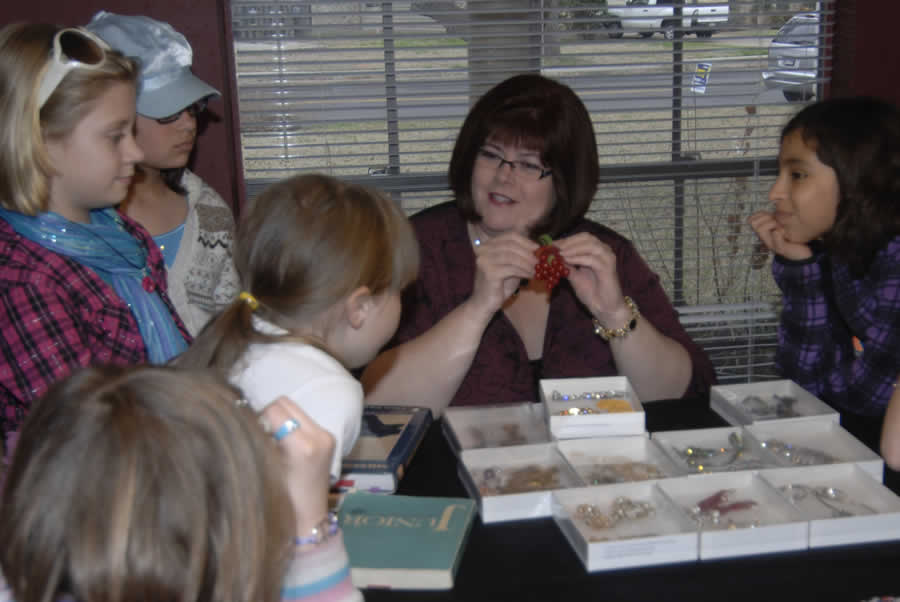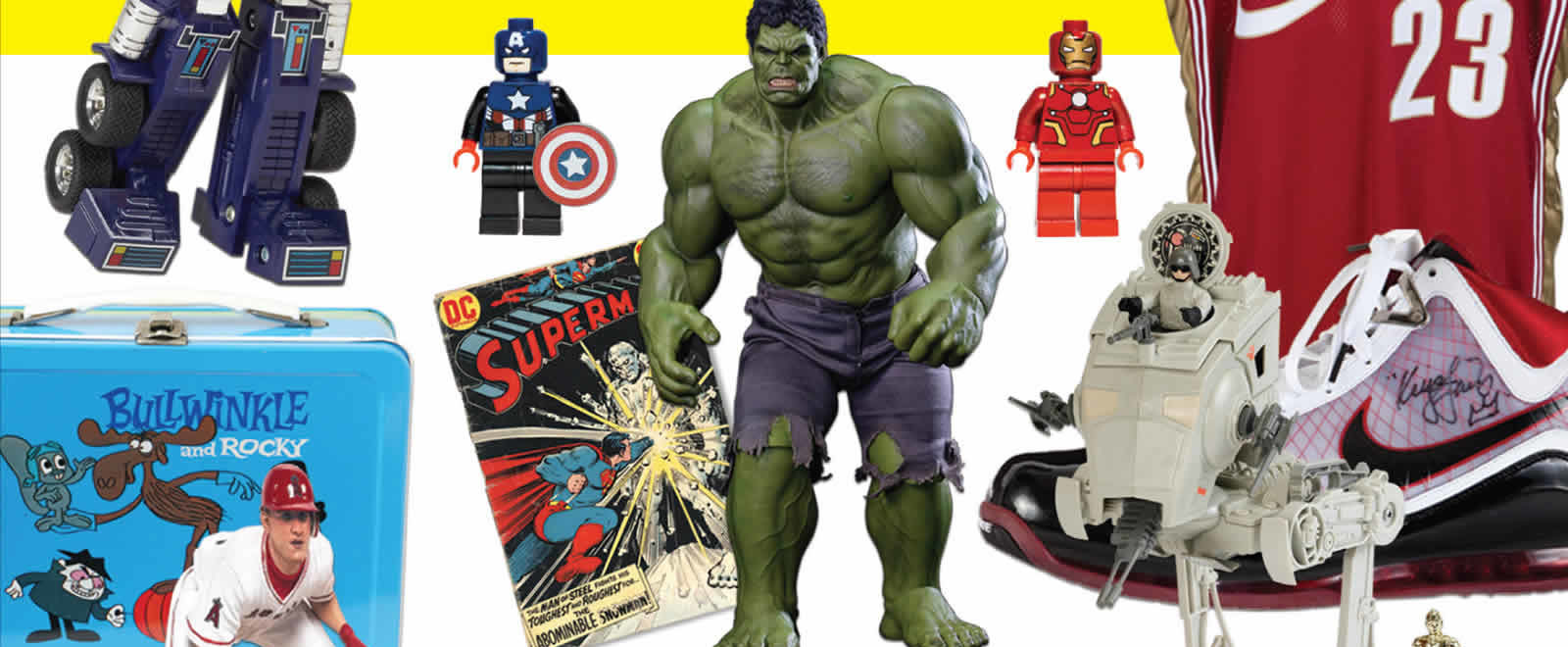NEW BOOK HELPS ADULTS CULTIVATE NEXT GENERATION OF COLLECTING ENTHUSIASTS
What motivates a young collector today? Across the collecting hobby, chatter abounds when it comes to creating the next generation of enthusiasts.
KIDS & COLLECTING
Pamela Y. Wiggins explores this topic in this magazine’s “Kids and Collecting” column. Since her first story in our Winter 2009 issue, she’s learned how folks have successfully coaxed kids to put down the videogames and hit the flea markets.
Now, Wiggins has collected her columns and compiled new material from some of the best in the business for the new book Collecting with Kids: How to Inspire, Intrigue and Guide the Young Collector (Krause Publications, $17.99). We spoke to her about what she’s learned about kids and collecting.
Why did you write this book?
Enlarge

There are so many good reasons. I love the hobby and want to see it flourish. The camaraderie and learning I’ve experienced over many decades still excites me. The crux of the message goes back to my childhood, though. I shared so many exciting collecting adventures with my late mother, and I’ve interviewed so many others who’ve had similar experiences. There’s nothing like the bond created between a youngster and an adult when they’re having fun together. Those memories truly do last a lifetime, and many times the child will continue to appreciate the collecting hobby as they mature, just as I did. When I was asked to package my articles into a book, I ran with the idea. Anytime I can encourage collectors of any age to get out there and have a good time, and give adults a few tools to inspire young collectors, I can’t refuse.
What’s the most surprising thing you’ve learned about young collectors?
I never realized that so many professionals working in all aspects of the collecting industry started as youngsters just like I did! Once I started interviewing those folks, it was evident how many of them got the foundation for their exceptional careers early in life. From world-class coin experts to famous television hosts to auction professionals with big-name houses like Heritage Auctions, many of these professionals got their start collecting as children, and many were inspired by a parent or grandparent.
What’s your most important piece of advice for adults who want to encourage kids to collect?
A child doesn’t need to focus on growing into an educated collector with an eye for the cream of the crop when they’re getting started, even if that’s the hope of their mentor. Simply make collecting a fun thing you can do together when you can carve out some time each week or month. Sure, you can teach them lessons along the way about how to care for and display their collections with preserving value in mind, but don’t turn it into a huge chore. Challenge them in entertaining ways instead, and study together at the library or online to make it more fun. Keep collecting focused on making great memories and having a good time together, and you can’t go wrong.
What should adults or parents not do when it comes to kids and collecting?
Enlarge

What seems to come up time and again is to lead but don’t force. Let young ones decide what they want to collect based on their interests and see where it goes. Don’t decide for them. If they’re interested in rocks and minerals, for instance, help them learn about what might be desirable in the genre, but don’t get upset if they don’t always follow your instruction to the letter. After all, each child has his or her unique personality that will be reflected in what they collect and how they go about it. Guide them to narrow their focus when that’s appropriate, but let them ultimately decide how their collection will take shape.
What’s the most unusual category you’ve seen a kid collecting?
I was introduced to a boy who collects cameo jewelry a couple of years ago, and that was fairly unique for a little guy who hadn’t hit his teen years yet. He hones in on cameos while poring over flea-market fields with his parents because he sees them as miniature works of art. That’s very astute for a young collector. Most kids just collect whatever they’re interested in at the time, like sports memorabilia, and that’s just fine. But occasionally you’ll run across an “old soul” who seems to be a couple of decades ahead of the pack in terms of what interests them.
What three or four collecting areas are most popular with children?
Some of the most popular are things they come across all the time while just being kids. Collections of state quarters and Lincoln cents are still popular in the coin realm. Lots of kids collect action figures, too, since they also enjoy playing with them. You can make a great collection of toys, or other common things like children’s books. Several related topics are covered in my book.
What’s an important sign that an adult or parent should stop trying to make a kid collect?
The most obvious is that you’re not having fun. Collecting should never feel tedious. If there’s no excitement there, no spark of enthusiasm, it will be pretty evident. And if the fire goes out when a kid moves into their teen years, don’t worry about it too much. Many times interest will rekindle when they get older, and they’ll be asking you if you kept their old collections because they want them back to share with their own kids. I’ve had this come up in conversation many times when talking to adult collectors.
When does a kid collector become an adult collector?
Some kids never stop collecting. They transition from child to teen to adult with their love for the hobby going gangbusters, although their focus may shift over time to encompass new things. Many times, though, there’s a lull during the teen years when there are so many other activities to occupy their time. Later, when they start a family of their own, they want the same type of collecting connection with their own children that they had early in life with a parent or grandparent. That’s the turning point we hope for through all this nurturing, and it’s very heart-warming to read those types of full-circle stories.

